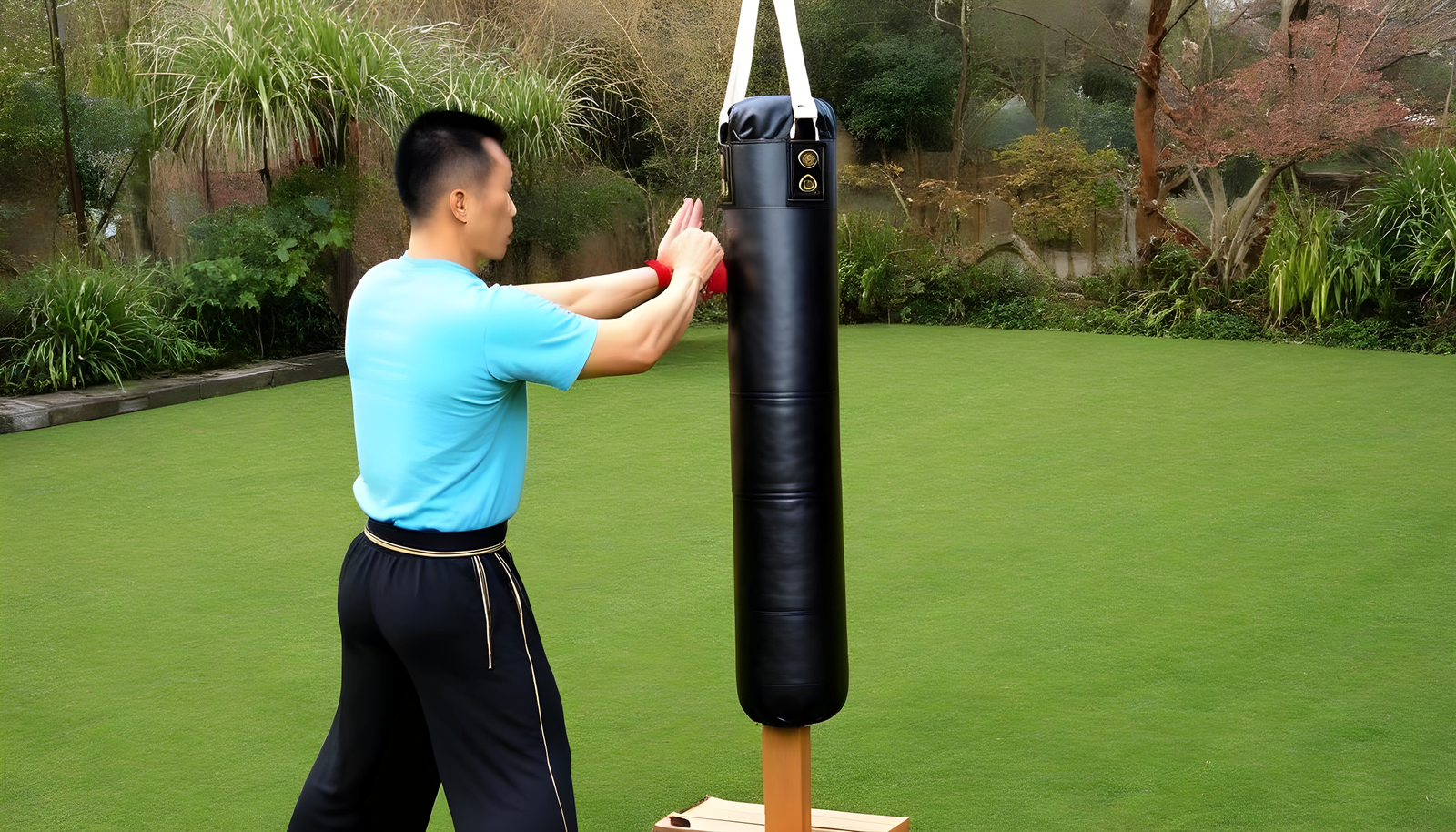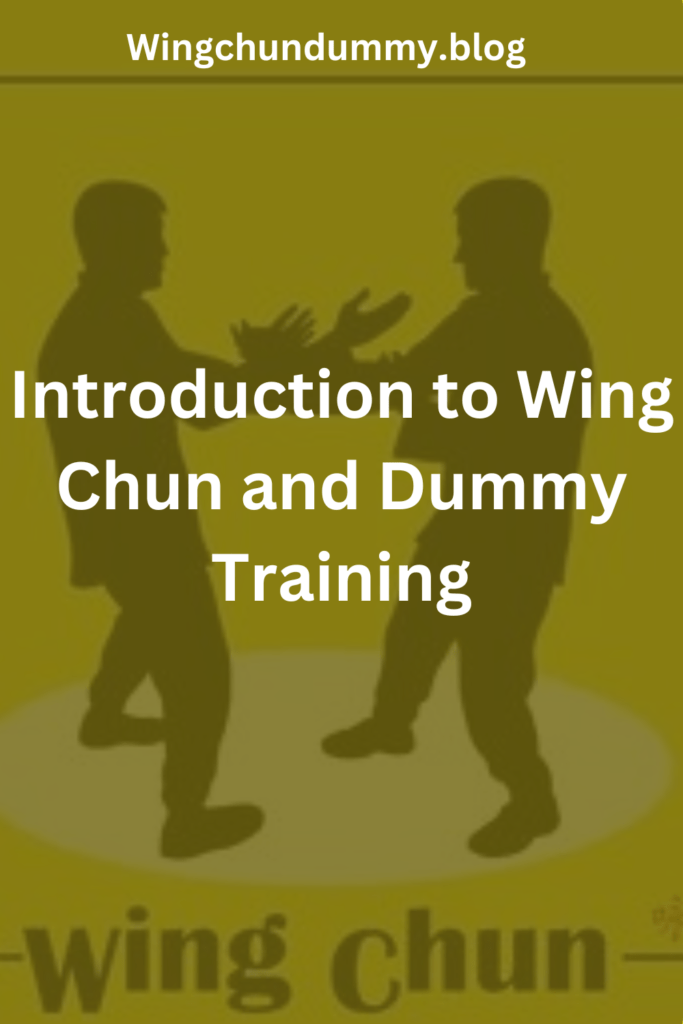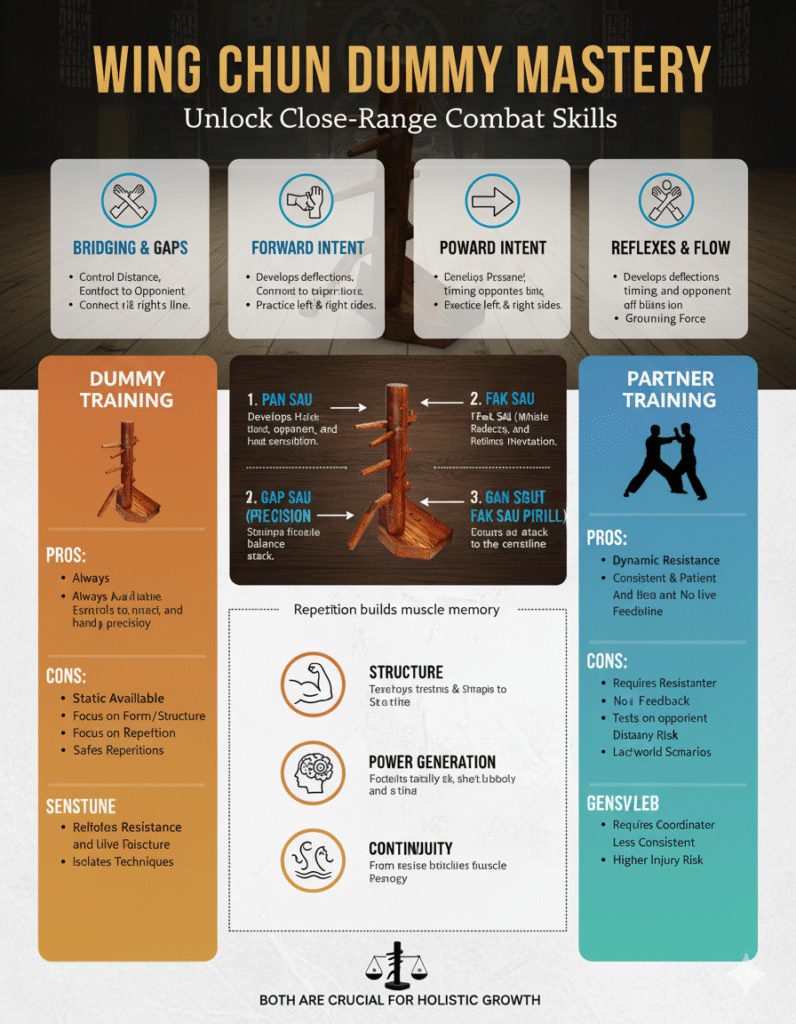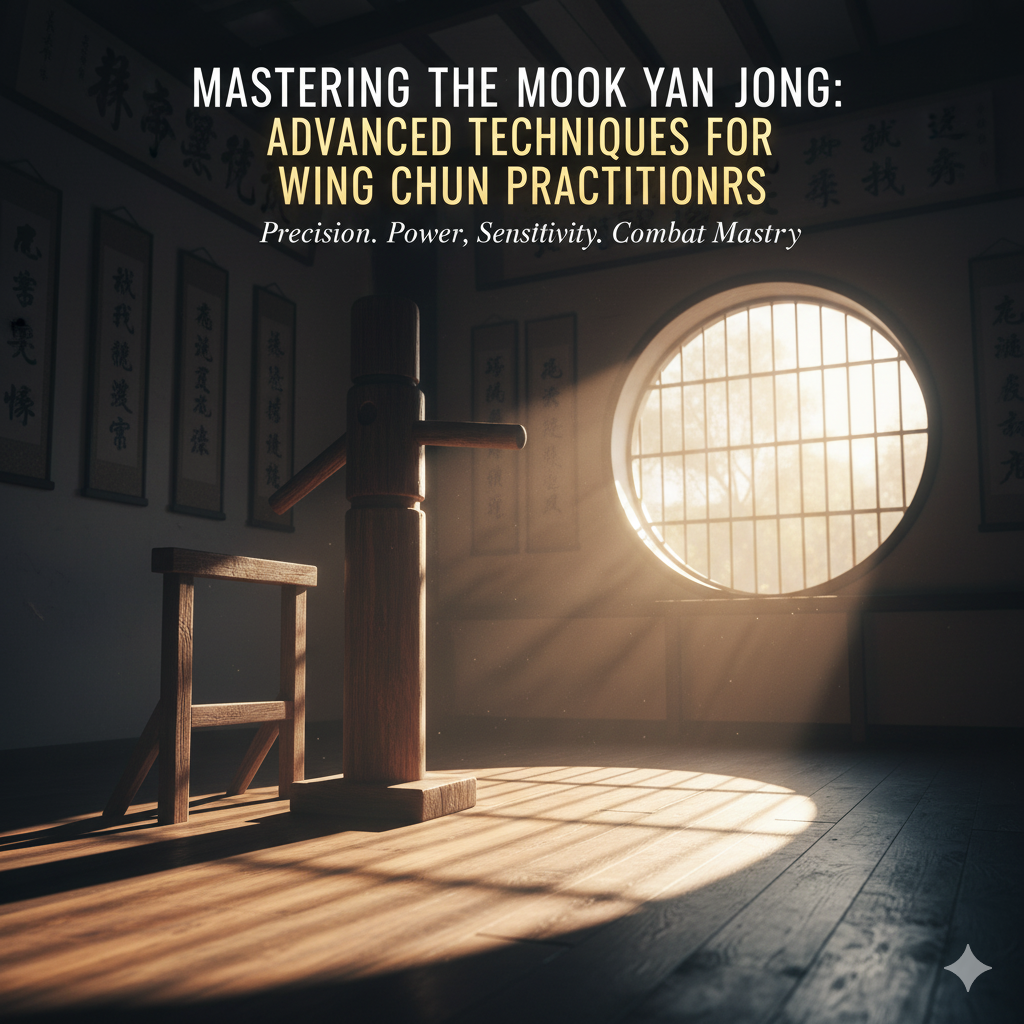Wing Chun is a highly effective and practical martial art that originated in southern China.
Developed by a Buddhist nun named Ng Mui, Wing Chun is known for its simplicity, efficiency, and directness.
So, It focuses on close-range combat and emphasizes quick and precise movements, making it suitable for practitioners of all ages and physical abilities.
One of the essential training tools in Wing Chun is the wooden dummy, as also known as the Muk Yan Jong.
The wooden dummy is a unique training apparatus and designed to help practitioners develop their techniques, timing, plus sensitivity.

It consists of a wooden frame with three arms and one leg, representing various attacking angles and positions.
Also, The practice of dummy training in Wing Chun is considered crucial for mastering the art’s techniques and principles.
It allows practitioners to simulate real combat scenarios and develop muscle memory, reflexes, and proper body positioning.
The wooden dummy provides a stable and consistent target, enabling practitioners to refine their strikes, blocks, and footwork.
Let’s delve deeper into the benefits and significance of dummy training in Wing Chun:
1. Technique Refinement
The wooden dummy provides practitioners with a platform to perfect their techniques.
By repeatedly performing punches, strikes, kicks, and blocks on the dummy, practitioners can refine their movements, ensuring they are accurate, powerful, and well-timed.

The dummy’s arms and leg offer different angles and positions, challenging practitioners to adapt and adjust their techniques accordingly.
2. Timing and Precision
Dummy training helps practitioners develop their timing and precision.
The wooden dummy does not react or counterattack, allowing practitioners to focus solely on their own movements.
This focused practice enables them to establish a sense of rhythm and timing, ensuring that their strikes and blocks are executed with precision and coordination.
3. Sensitivity and Energy Flow
Wing Chun places great emphasis on sensitivity and energy flow.
So, wooden dummy’s arms and leg are designed to be slightly springy, providing resistance when struck.

This resistance helps practitioners develop sensitivity to their opponent’s energy and learn to redirect it effectively.
By practicing on the wooden dummy, Wing Chun practitioners can enhance their ability to sense and control the flow of energy in combat situations.
4. Body Conditioning
Regular dummy training in Wing Chun helps condition the body and strengthen the muscles used in combat.
The repetitive striking and blocking movements on the wooden dummy build endurance, power, and speed.
The dummy’s sturdy structure also allows practitioners to apply force without the risk of injury, enabling them to develop stronger strikes and more robust defensive techniques.

5. Practical Application
One of the significant advantages of dummy training in Wing Chun is its practical application in real-life combat situations.
The techniques and principles learned on the wooden dummy can be easily transferred to actual self-defense scenarios.
The muscle memory and reflexes developed through dummy training allow practitioners to react instinctively and effectively when faced with an opponent.



